How Good is the New Citizen Tsuyosa 60 Automatic?
The watch that redefines the idiom "bang for the buck".

Since its introduction in 2022, the Citizen Tsuyosa collection has been a resounding success. Stylish, inspired by a cult 1990s model but refreshed according to modern tastes, available in two sizes (40mm and 37mm), the Tsuyosa is a well-equipped and fairly priced option. We’ve come to know the watch in this form, and while there was a lot to love about it, the classic Tsuyosa NJ015 series wasn’t perfect. Citizen has listened to the feedback and recently came up with the Tsuyosa 60 Automatic, an upgraded version that enhances the perceived value and the desirability of the watch. How good is it…? Let’s find out.
Background
The Tsuyosa watch didn’t come out of the blue. It was initiated by the brand’s European team to offer an affordable alternative to the ever-growing demand for elegant sports watches with integrated bracelets. A bit opportunistic…? Maybe, but you can’t blame Citizen for wanting a piece of the giant cake. And, in all fairness, there’s a certain legitimacy in the whole concept, since the Tsuyosa is actually a modernised version of a watch launched in the 1990s, the NH-299 series. The result, which launched with the NJ015 series, was a 40mm steel watch with a barrel-shaped case, a (sort of) integrated bracelet, an “en vogue” sporty-elegant vibe, a decent automatic movement inside and… an unbeatable starting price below EUR 300 (and for reasons that I don’t understand, USD 450). The collection was given the name Tsuyosa (Japanese for strength) and has, since its release, been a genuine commercial success.
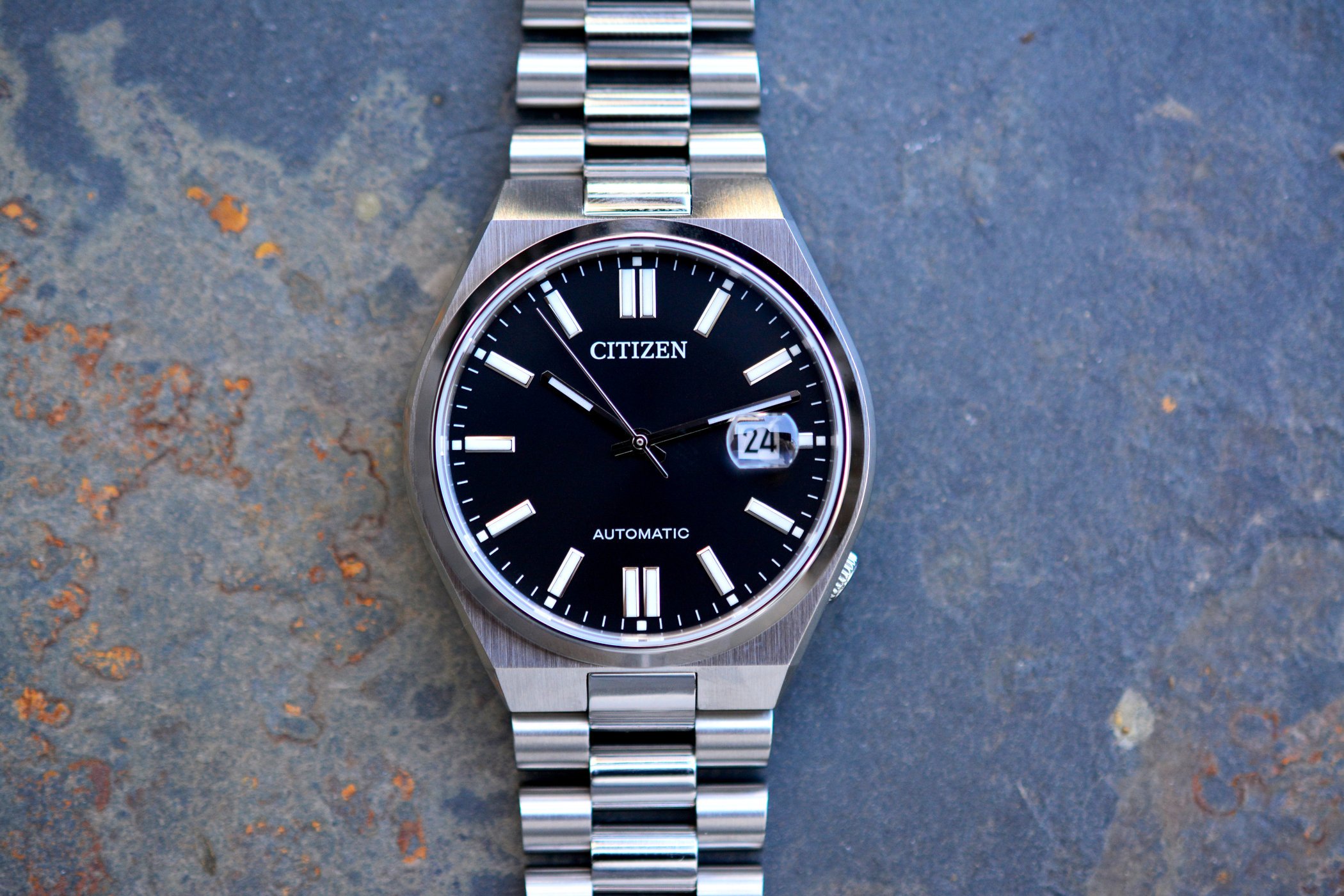
Was the inaugural Tsuyosa NJ015 (or call it Tsuyosa 40, to remain consistent with the nomenclature defined by the Tsuyosa 60) perfect? No. There were some great things about it, such as the presence of a real sapphire crystal and not a hardened mineral glass, an overall very decent feel of quality, clean construction, fit and finish, and an undeniable sense of style, which has been increased with new, appealing colours and textures. Some minor flaws, however, could be spotted. First, the bracelet, while nicely shaped, was not of the highest quality, nor was its clasp. Second, the dials of classic versions were a bit plain, even if this is a more personal opinion. Finally, the view through the caseback was… rough! An uncoated, unfinished movement in raw brass. In that case, a closed back would have been more appropriate.
The new Citizen Tsuyosa 60 Automatic
What does this Tsuyosa 60 Automatic bring to the equation? Improved specs, more style, more options, more refinement, and a slightly increased price tag, too. Let’s explore what has changed and what has remained, for better or worse.
Starting with the obvious, the Citizen Tsuyosa 60 Automatic shares its case and proportions with the Tsuyosa NJ015 or (Tsuyosa 40), meaning that we have the same 40mm diameter, decently thin 11.7mm (nothing exceptional but not too bad either) and pretty short on the wrist, at 45mm from one lug to another. That is exclusive of the first male link of the bracelet, which is relatively short and doesn’t add much to the lug-to-lug measurement. The case is made of stainless steel, and is mostly vertically brushed, with nice polished bevels on the sides (both classic of the genre), thin polished flanks and most of the thickness absorbed by the screwed caseback.
What hasn’t changed either is the use of a flat sapphire crystal with a magnifier over the date, an angled, smooth and polished bezel and a water-resistance rated at 50 metres. This depth rate is sufficient for normal daily use, but it also means that you’d better remove the watch before a jump in the pool. The back is still screwed and equipped with a see-through mineral glass, and the crown is still positioned at 4 o’clock (comfortable), but fairly recessed and not necessarily the easiest to manipulate. As an automatic watch, it’s not my main concern, but the 37mm version of the Tsuyosa does a better job in this regard.
For the occasion of the launch of this Tsuyosa 60 Automatic collection, Citizen offers three case variants (each with a different dial colour). The first version (NK0020-55E) is as classic as it can be, with an uncoated steel case and bracelet, and a black dial. The second version (NK0024-54X) brings a more flamboyant 1980s vibe, with two-tone attire, the crown, bezel and mid-links being IP-coated in yellow gold, and paired with a green dial. Last, the reference NK0023-57L has a more subtle luxurious touch with a rose gold coating all around and a dark blue dial.
Continuing on the external features, the bracelet has been revised here. From the initial 3-link design, we now have a 5-link, jubilee-style bracelet for the Tsuyosa 60 Automatic. The outer links are brushed while the three inner links are polished. The overall construction felt a bit more qualitative to me, with a bit less play between the links. The length can still be adjusted by screws (and not pins), and a new clasp has been fitted. The latter has a concealed butterfly design that feels better built but also looks more consistent with the rest of the watch. One downside to this new clasp is the absence of holes for fine-adjustment of the bracelet’s length.
On the wrist, the Tsuyosa 60 looks and feels like a serious watch, and one that could be priced much higher. What remains, though, is a large-ish feel for those with smaller wrists, such as me and my 16.5cm circumference. Robin, who wears the watch in the photos illustrating this review, doesn’t have this problem, thanks to his larger 18cm wrist. In any case, the 37mm Tsuyosa exists.
Also contributing significantly to the increased perceived value of this updated Tsuyosa is the new dial. The hands and hour markers, still filled with a generous amount of luminescent material, are identical to those of the other Tsuyosa models and match the case’s colour. However, Citizen has added a very appealing texture to the dials. This stamped, guilloché-like concentric pattern is finely executed and less noticeable in wearing conditions than it appears in our photos. It is present but discreet enough not to disturb legibility. It adds depth and playfulness to the watch, as well as a certain “horological” touch. It is a pretty cool evolution that follows the idea initiated with the Tsuyosa Small Second Automatic, yet it feels cleaner and more appropriate without the contrasting sub-counter.
Talking about this version, the new Tsuyosa 60 Automatic borrows the base movement of the small seconds, and is now equipped with the calibre 8310, replacing the calibre 8210 of the standard Tsuyosa NJ015. What has changed is both mechanical and visual. The main upgrade concerns the power reserve, which is now rated at 60 hours, or 20 hours more than before. It retains a 3Hz frequency and hacking seconds, as well as a claimed accuracy within -20/+40 seconds/day. It doesn’t feel particularly great on paper, but it usually sits well within this deviation and can perform much better. The other upgrade, a very welcome one, is a movement that now looks much more pleasant to the eye. This calibre is now entirely rhodium-plated and features blue-coloured screws, an openworked rotor and stripes on the main bridge. The decoration is, of course, entirely industrial, but it looks far more premium than before.
Thoughts, availability and price
The first thing to consider, in order to bring you an objective assessment, is the price of these watches. Indeed, the Tsuyosa 60 Automatic starts at EUR 379 or USD 575, in steel with a black dial. The price difference between Europe and the United States for all Citizen watches remains a mystery to me. As such, it isn’t a watch that can be compared to anything from Oris, Longines, or, to stay within the same group, Frédérique Constant. These brands produce watches that are 5 to 10 times more expensive, and thus deliver a sense of quality and refinement that is, objectively, superior (thankfully I’d say…).
But are these Tsuyosa 60 Automatic 5 to 10 times less enjoyable? Are they drastically less detailed? The answer is no. Yes, you can probably feel some differences, but not to a level that makes you immediately think there’s a massive leap in quality or price. What you can compare the Tsuyosa with is either a Seiko 5 Sports (the closest in spirit would be the SNXS Series) or a Tissot PRX, which is about twice the price. And there, in this segment, the Citizen has strong arguments. It’s not perfect (nothing is), but it comes close. And in my eyes, these new models look really good.
The upgrades that Citizen brought to the collection with the Tsuyosa 60 Automatic are certainly welcome and add to the perceived value, further closing the gap with Swiss offerings. These are undeniably very appealing watches on their own, without even mentioning the question of the price. With their true affordability in mind, these Tsuyosa become absolute bang for the buck, and it’s hard to find anything against them – design and taste matters aside. And the additional EUR 80 compared to the Tsuyosa NJ015 might be significant in this range, but it is justified by everything extra delivered in this new 60 collection.
For more details, please visit CitizenWatch.eu or CitizenWatch-Global.com.



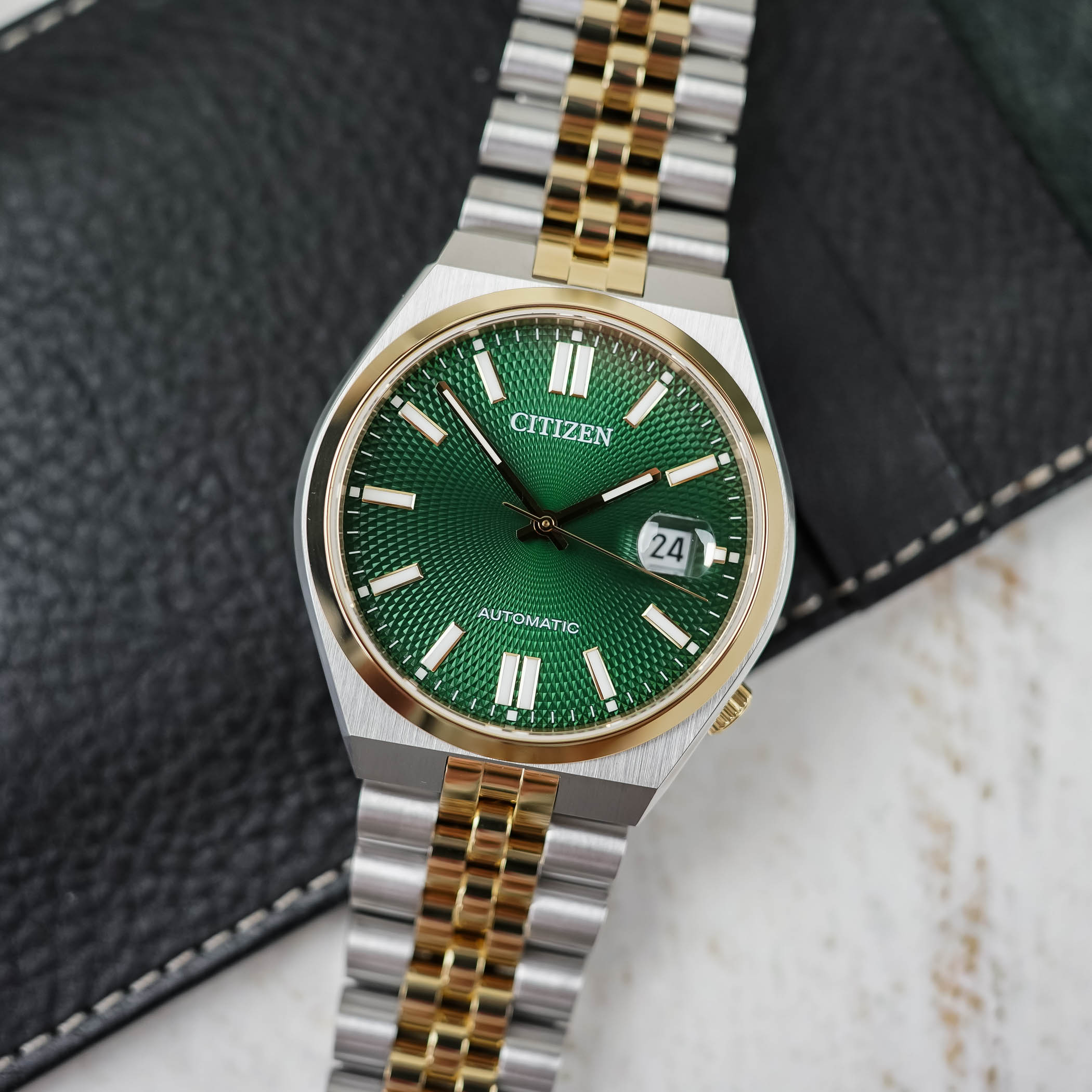
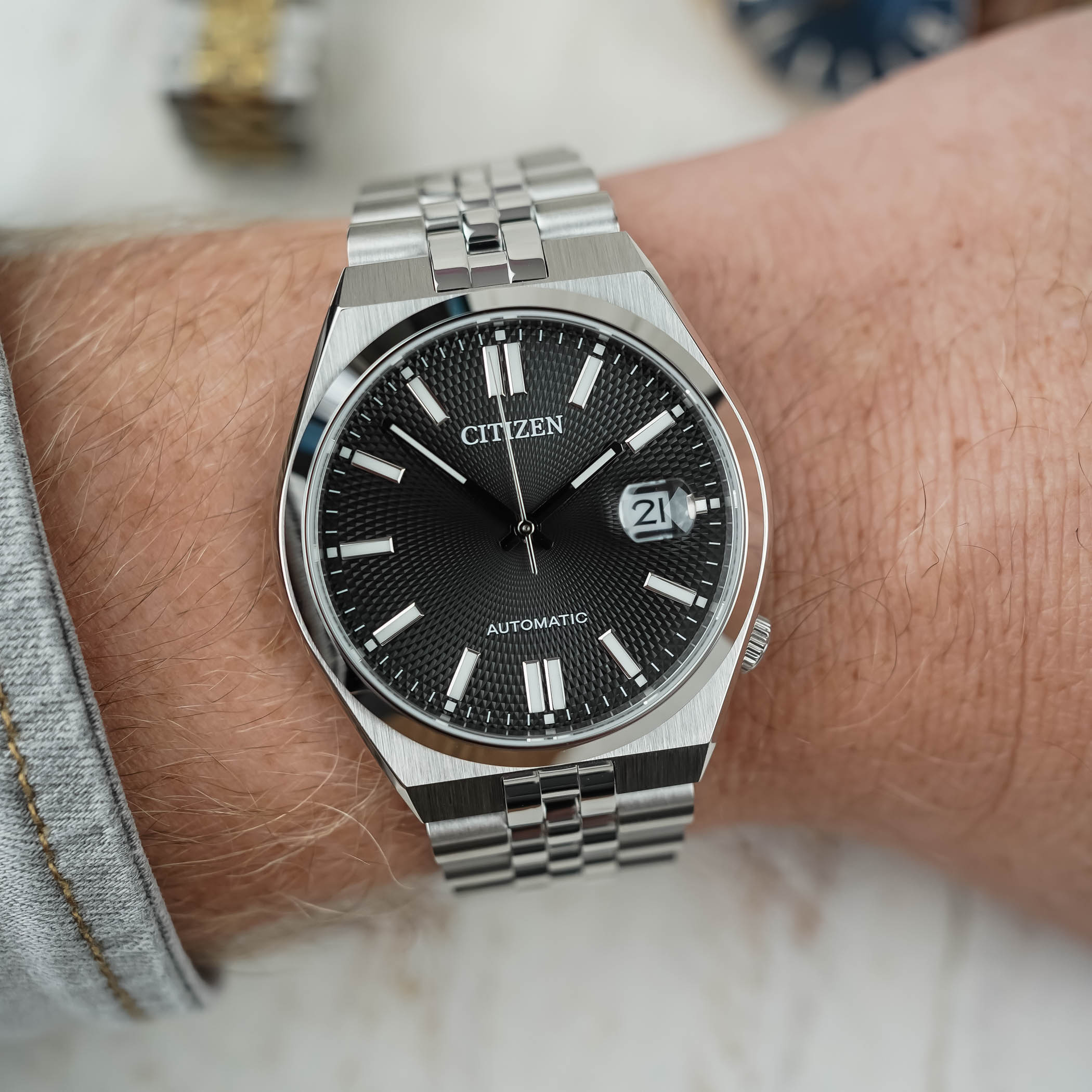


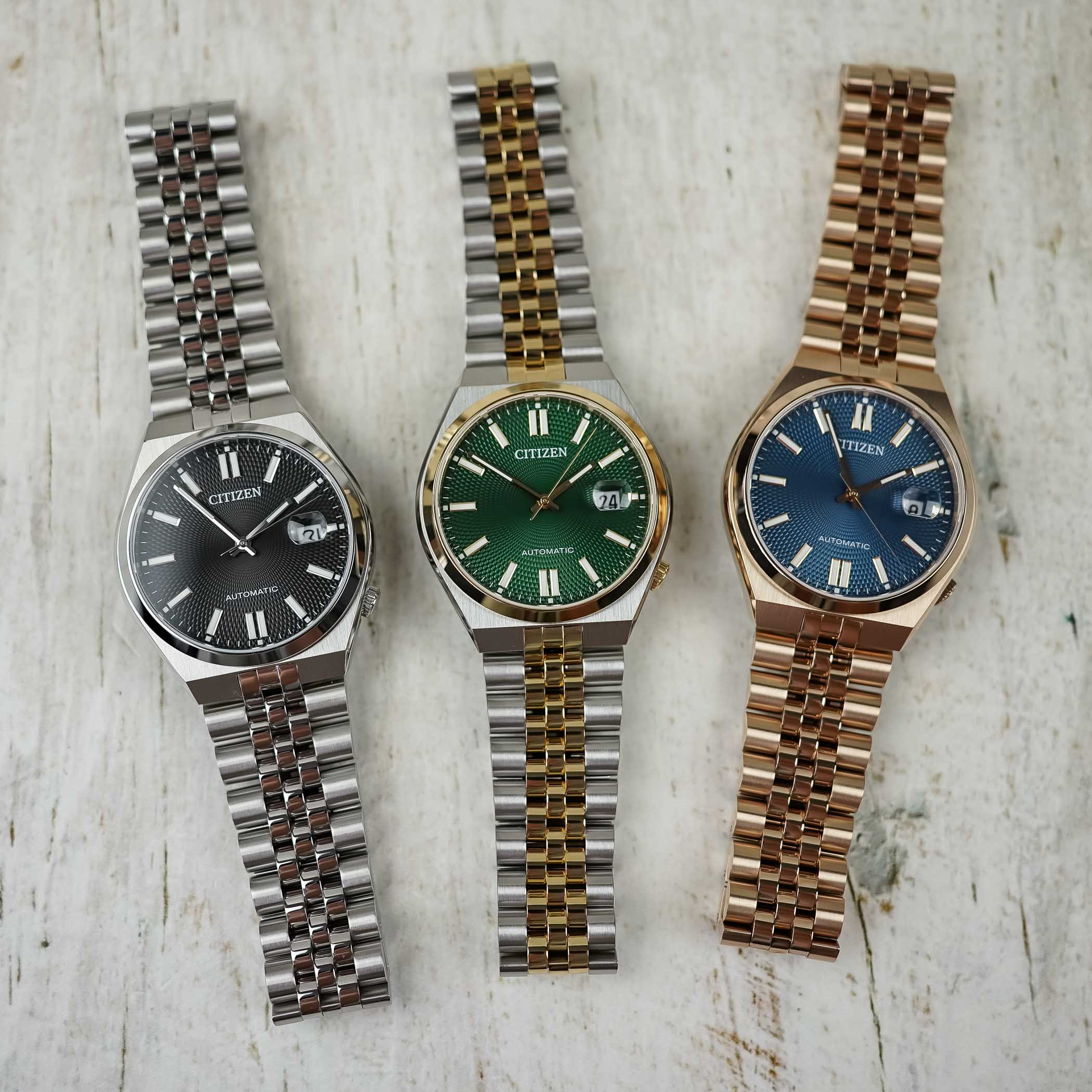
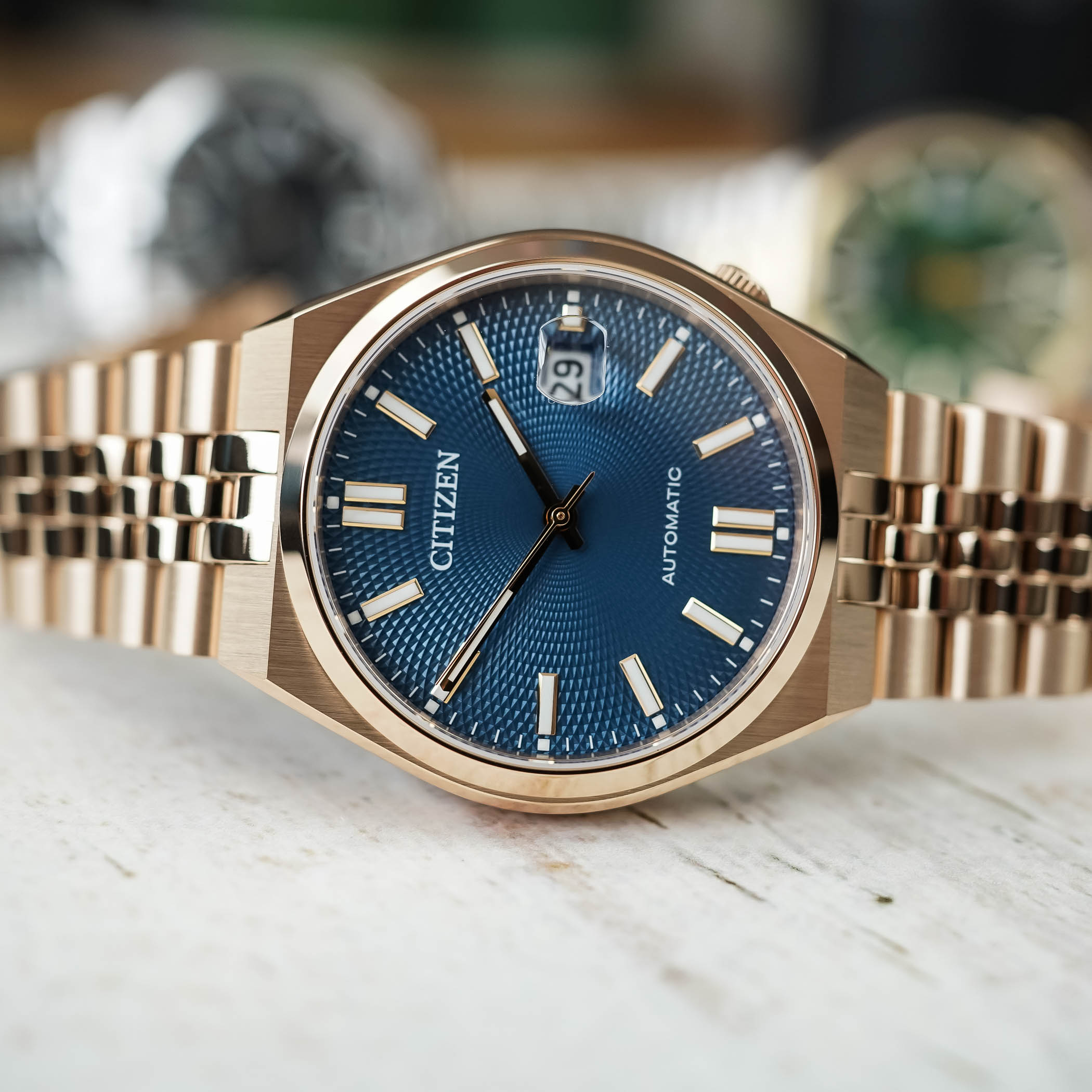


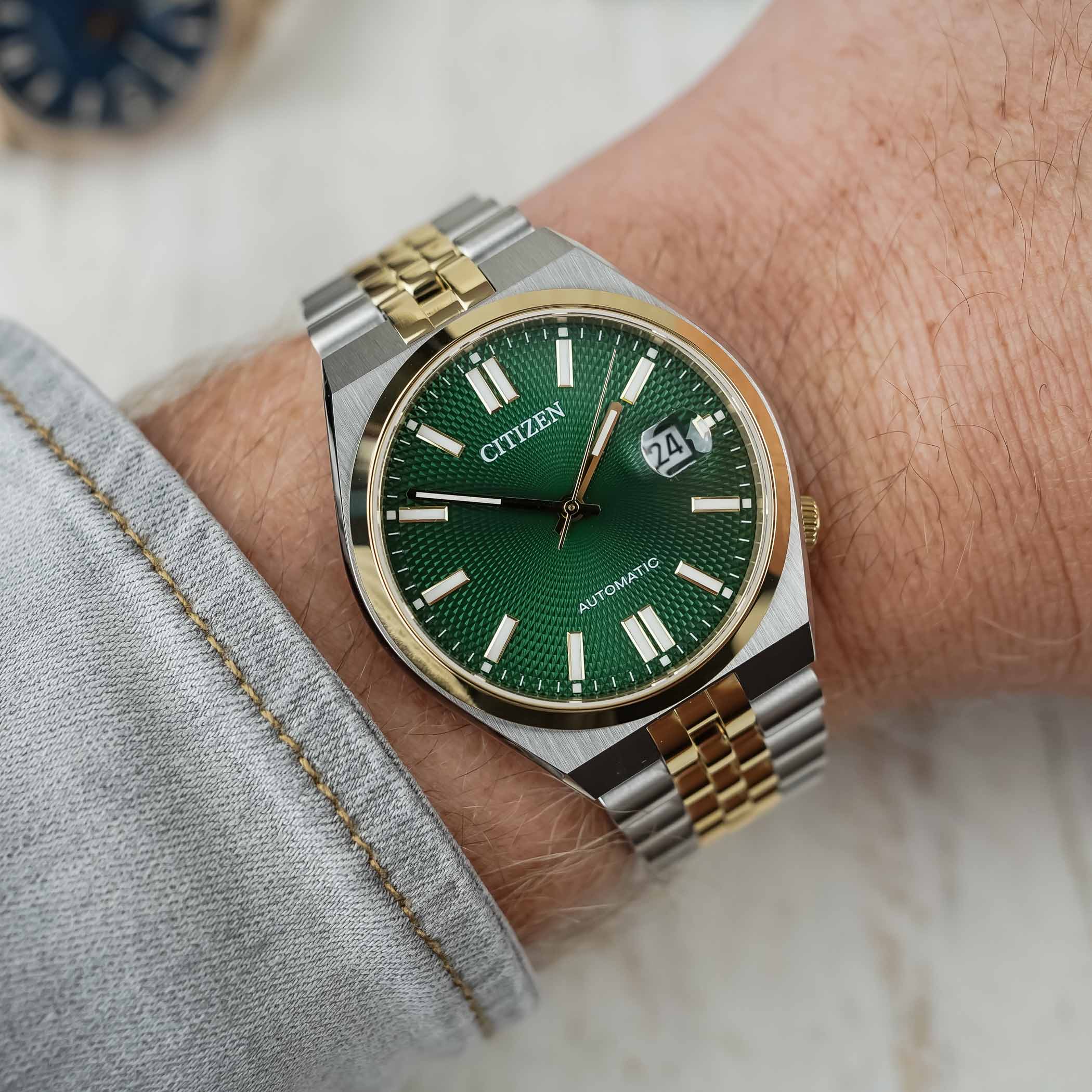
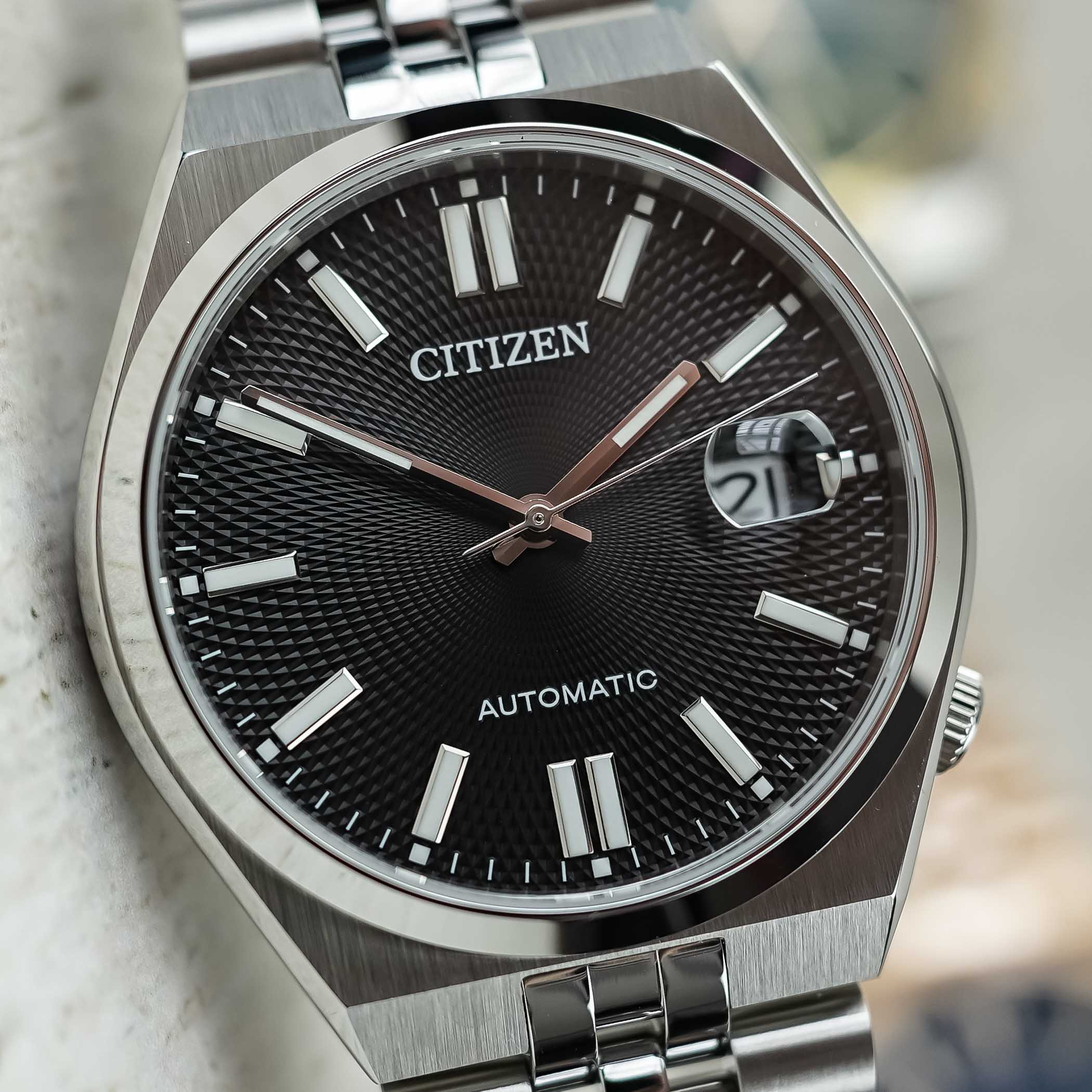



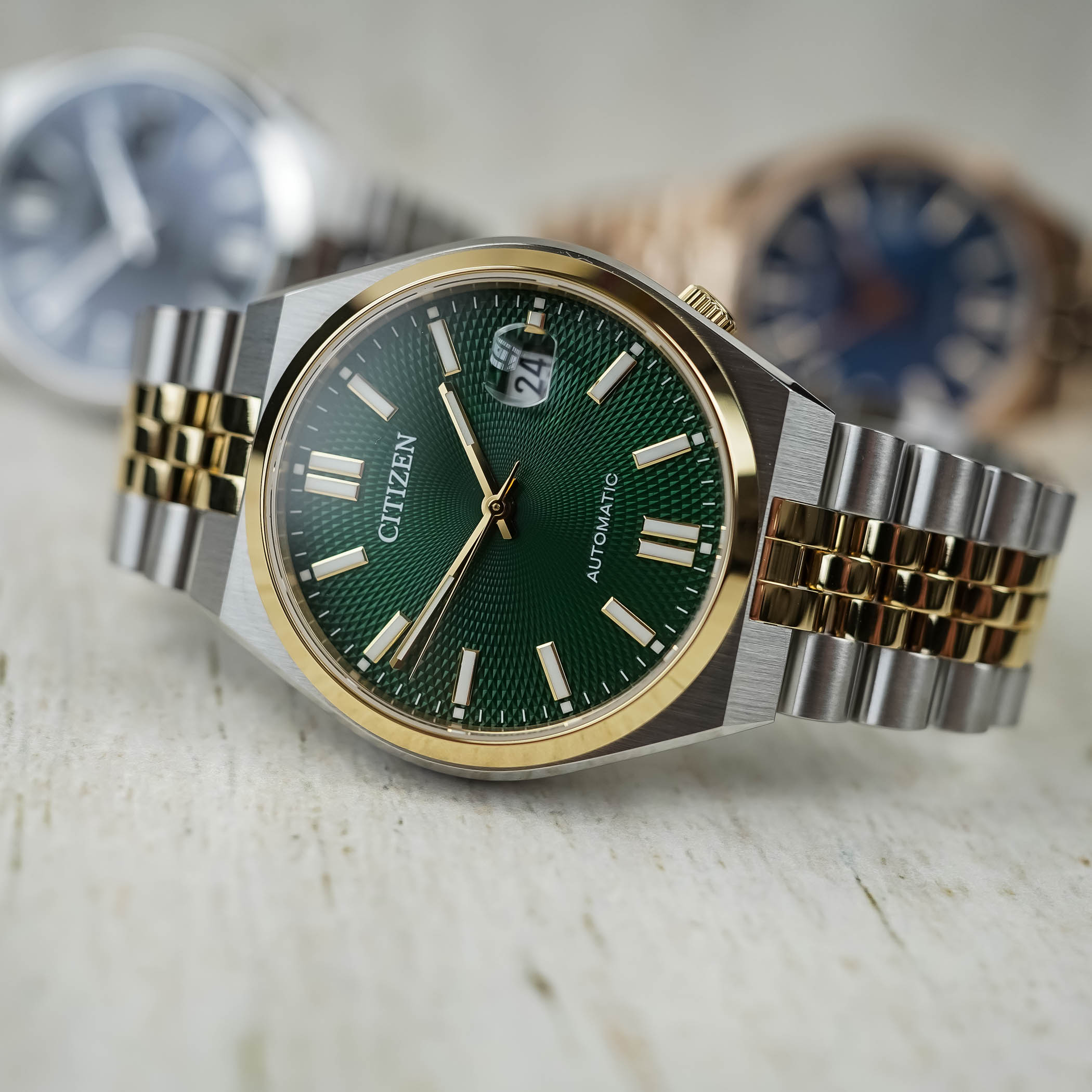
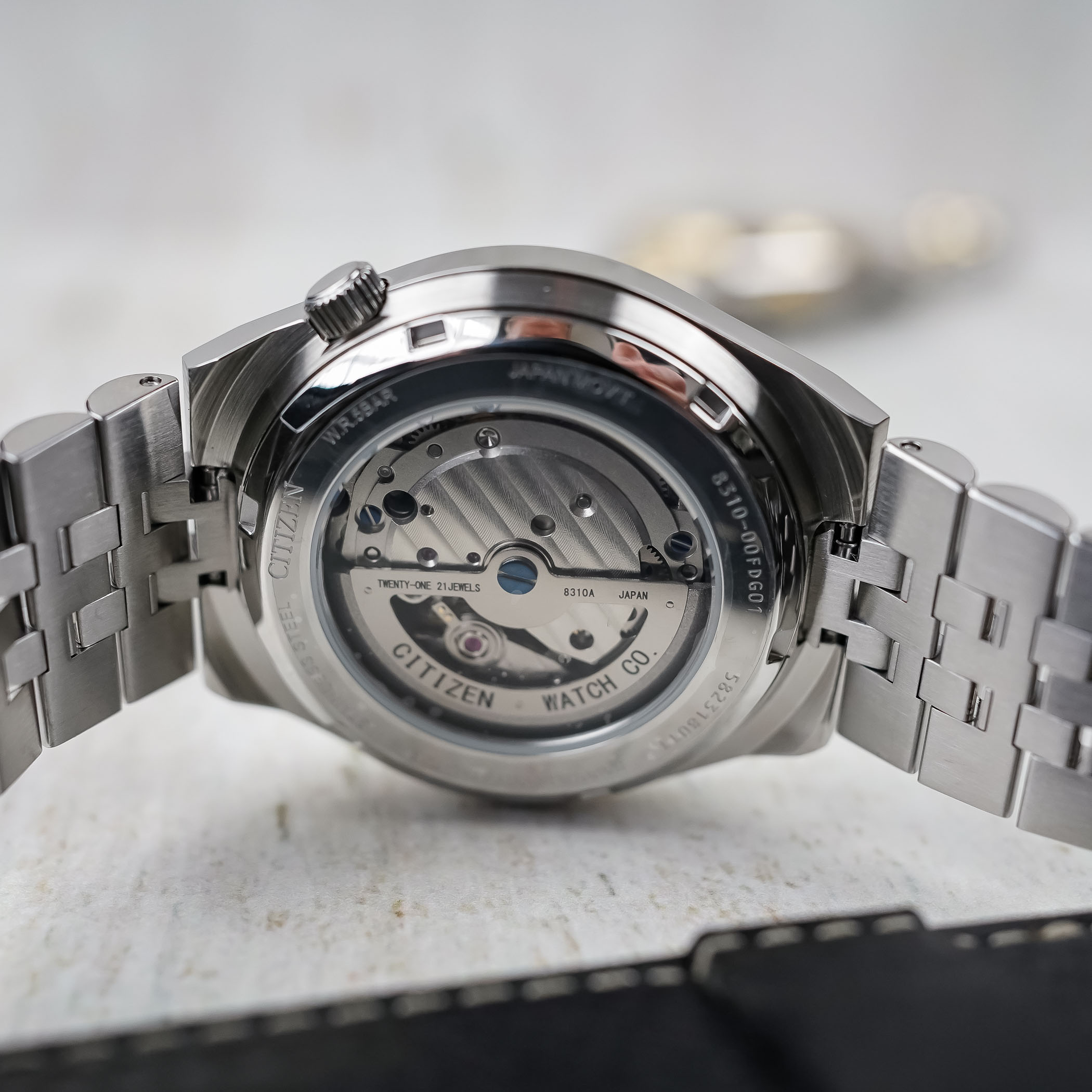
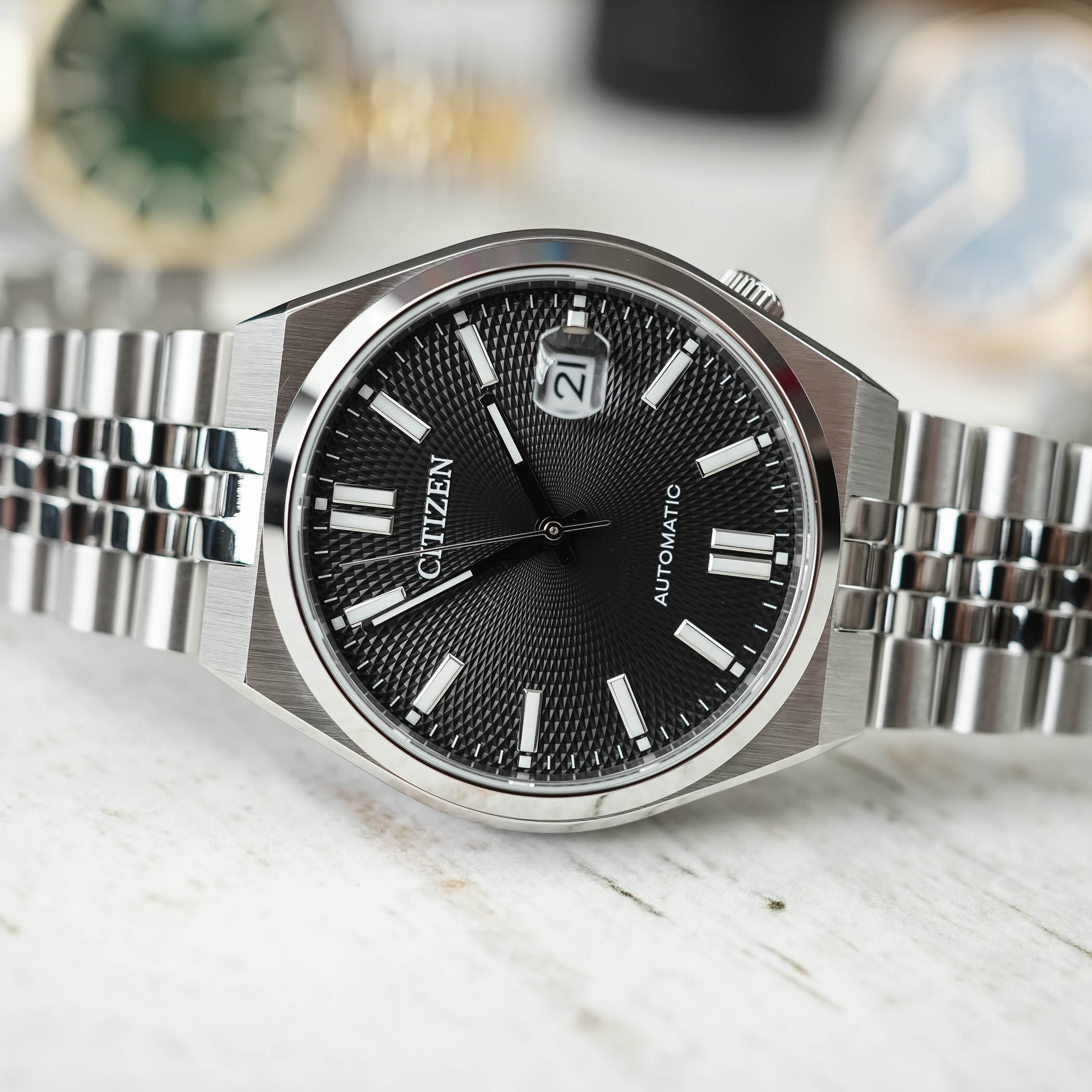
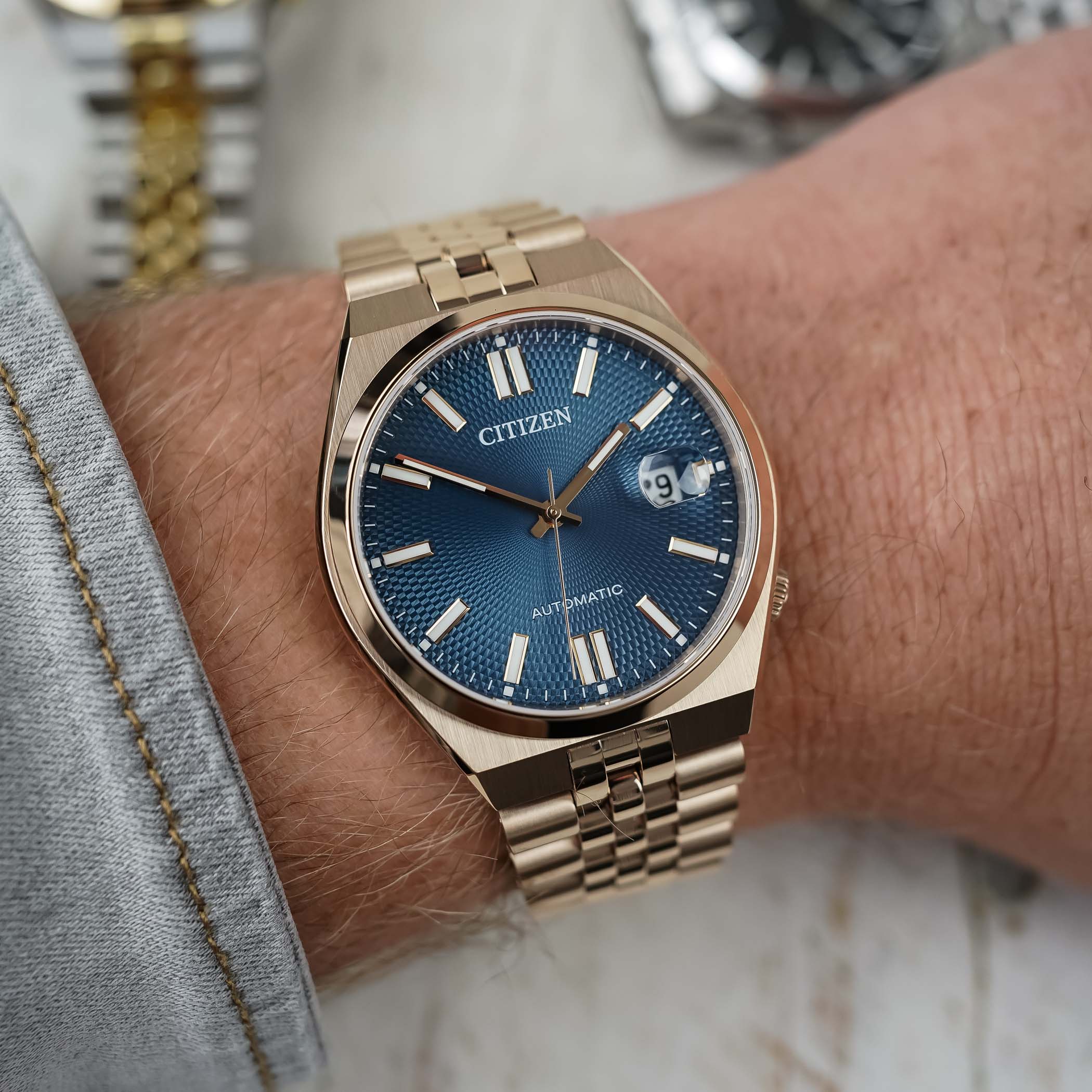



1 response
I noticed in the US, the Citizen web site is constantly discounting its watches by 10 to 25%. I think they have the higher RRP expecting it will sell closer to the prices set in Europe.